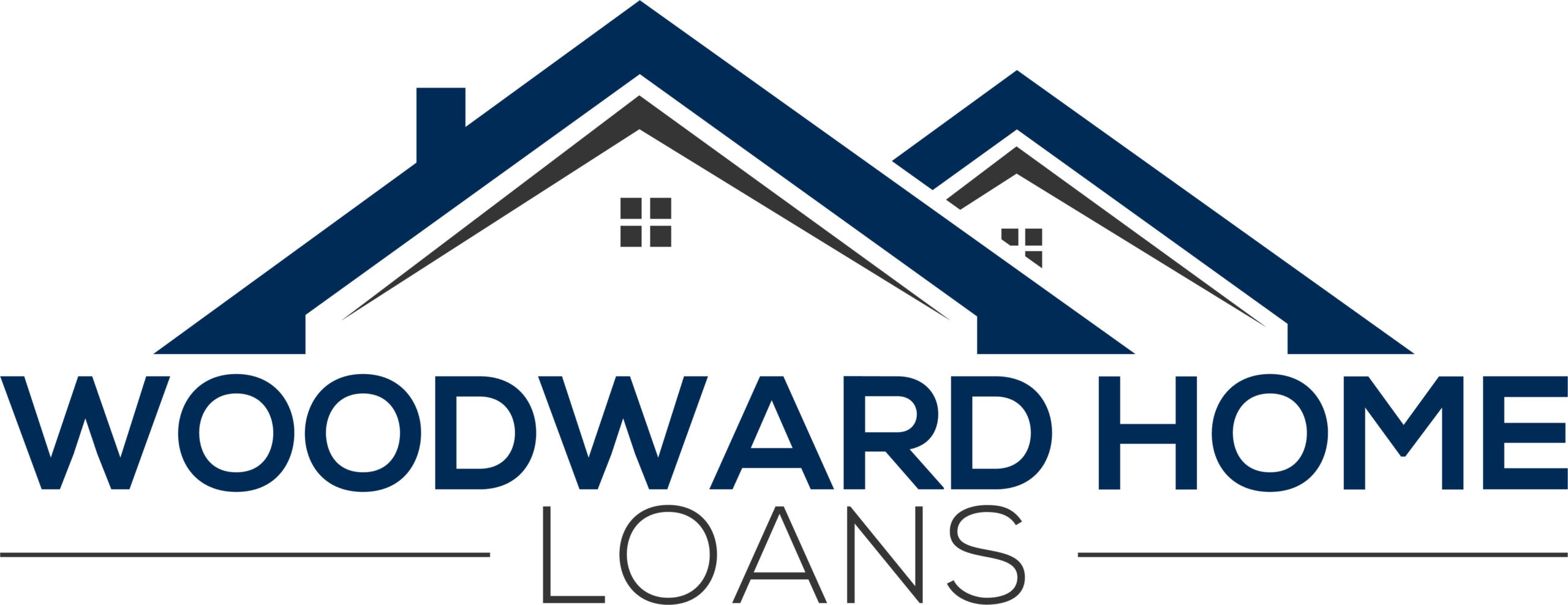Index Surge: Amplifying Your Insights
Stay updated with the latest trends and news across various industries.
Home Loan Shenanigans: What They Don't Tell You
Uncover the secrets of home loans! Discover the surprising truths and hidden pitfalls they won't share with you.
Hidden Costs of Home Loans: What the Fine Print Doesn't Reveal
When securing a home loan, many borrowers focus solely on the interest rate and monthly payments, often overlooking the hidden costs outlined in the fine print. These expenses can significantly impact your overall loan experience. For instance, fees such as origination fees, underwriting fees, and closing costs can add thousands to your final expense. Additionally, it’s essential to consider private mortgage insurance (PMI) if your down payment is below 20%, which can further increase your monthly financial obligations. A careful review of the loan estimate and closing disclosure can help you uncover these hidden charges that might otherwise catch you off guard.
Another critical factor to examine is the potential for interest rate hikes if you're opting for an adjustable-rate mortgage (ARM). Borrowers may initially be enticed by lower rates, but if interest rates rise, so too will your monthly payments. Furthermore, some loans may include penalties for early repayment, effectively locking you into your mortgage longer than you intended. By understanding these aspects, you can better assess the true cost of your home loan and make informed decisions that align with your long-term financial goals. Being well-versed in these hidden costs ensures that you are not only prepared for your initial expenses but also for the ongoing financial responsibilities of homeownership.

The Truth About Interest Rates: Are You Really Getting a Good Deal?
When considering loans or savings accounts, understanding the truth about interest rates is crucial for making informed financial decisions. Many consumers often assume that a lower interest rate unequivocally means a better deal. However, this isn't always the case. Factors such as the loan term, the type of interest (fixed vs. variable), and any additional fees can significantly impact the overall cost. For example, a loan with a lower interest rate but high origination fees could end up being more expensive than one with a slightly higher rate but no fees.
Moreover, it’s essential to compare interest rates across various financial products and institutions. While one bank may advertise a high savings account interest rate, hidden terms and conditions may apply. Always ask questions and do your research before committing. To ensure you are truly getting a good deal, consider using tools like APR (Annual Percentage Rate) calculators, which show the true cost of borrowing or the actual return on savings. By being diligent and understanding the complete picture, you can avoid common pitfalls and make the best financial choices for your situation.
Home Loan Myths Debunked: What You Need to Know Before Applying
When considering a home loan, many borrowers fall victim to common myths that can mislead their financial decisions. One prevalent misconception is the belief that you need a 20% down payment to secure a mortgage. In reality, there are several loan options available, such as FHA loans, that allow down payments as low as 3.5%. Additionally, many lenders offer programs for first-time buyers that require little to no down payment, making homeownership more accessible than ever.
Another widespread myth is that having a perfect credit score is essential to qualify for a home loan. While a higher credit score does improve your chances of securing favorable loan terms, it's not the only factor lenders consider. Other aspects, such as your income, employment history, and debt-to-income ratio, play crucial roles in the approval process. In fact, many lenders offer loans to those with scores in the 620-640 range, proving that you don’t need to have flawless credit to achieve your dream of homeownership.